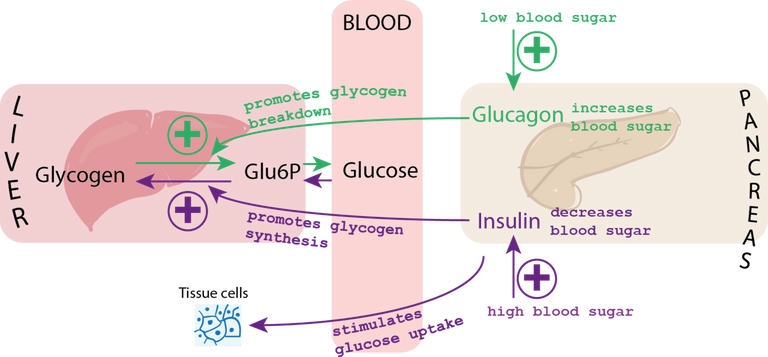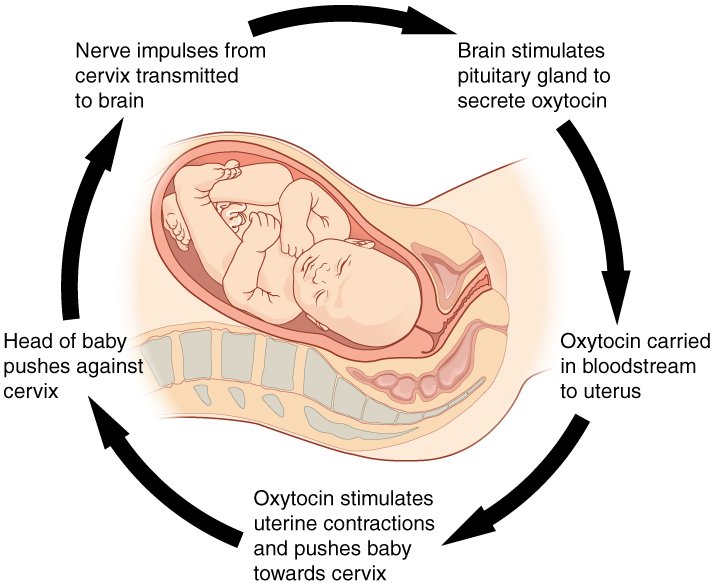Keeping up with homeostasis
Introduction
I was almost tempted to title this post with 'keeping up with the Kardashians', but then, I remembered that keeping up with the maintenance of relatively constant internal body processes is far more important than keeping up with some celebrities. One of the evolutionary features that make advanced organisms, animals to be precise, to be able to adapt to a wide range of environments (most especially, temperature) is the replacement of poikilothermic with homeothermic bodies.
Somewhere in different parts of the world, someone is sweating profusely and complaining of the hot environment or weather while in another place, someone else is shaking vigorously, covered in goose pimples, and probably asking for multiple layers of duvet to mitigate the cold they are feeling. The reactions are ways through which the human body tries to adjust to changing processes. Poikilothermic animals do not have to bother with changing environmental temperature because the temperature of their bodies varies accordingly.
The normal body temperature of humans ranges between 36 to 36.5 degrees Celsius. A normal human cannot exist outside of this range for long without facing serious health issues. The problem, however, is that the environment where we humans find ourselves does not have a fixed temperature. What then happens if the environment refuses to be in sync with the body of humans?
For example, some regions of the world experience temperature that can be as low as -20 degrees Celsius while some other regions can experience above 40 degrees. In order to continue to survive in these regions, the human body must find a way to resist the breach of its normal range by the environment. The process of maintaining body processes within the normal range of their operations is known as homeostasis.
Resist the change or complete the process: Homeostasis
The normal range of operation of internal body processes is known as the set point. When set points are breached, two things may happen;
- the body either resist the change and puts a process in place to fight it so as to return to the set point. The process by which this occur is known as the negative feedback loop.
- or if the body senses that the set point was breached in order for a normal body process to take place, the body sets a motion in place to promote the process and ensures that it gets to completion. This is known as the positive feedback loop.
The feeback loop
A typical feedback loop has three major components:
- The sensor
- The control center, and
- The effector
Basically, the sensor continually reads internal body processes and reports its findings to the control center. The control center reads the data submitted by the sensor, interprets it and if the data stays within the acceptable range of operation of the process, it does nothing. However, if the control center reads the data and discovers that the set point has been breached, it quickly checks to ensure that the set point was breached arbitrarily or if it was caused by another process that needs to gets to completion.

If the set point was breached arbitrarily, the control center sends message to the effectors to resist the breach. If the breaching of the set point was caused by a process that needs to get completion, the control center sends a message to another group of effectors to aid the process of breaching.
Negative feedback loop: an example
In order to further understand how the negative feedback loop works, let us use the human body temperature as an example. Breaching of the set point temperature of the human body is corrected by the negative feedback loop because there is no process in the human body that needs to gets to completion through a perpetual rise in temperature. The three components are
- The skin which act as the sensor
- The Brain which acts as the control center
- The muscles, the blood vessels, and the sweat glands act as the effectors.
The skin senses the temperature of the body and continually sends message to the brain (the hypothalamus region). If the normal body temperature is exceeded, The hypothalamus sends hormonal signal to the sweat glands and the blood vessels that supply blood to the skin. The blood vessels dilate and increase blood flow to the skin.
Thus, blood which happens to be a conductor of heat in the body loses heat to the surrounding. In synergy, the sweat glands in the skin starts producing sweats which evaporate off the skin surface to cause cooling. The cooling of the skin and the loss of heat to the surrounding by blood ensures that the set point temperature of the body is returned to.
If the reverse occurs, that is, the body temperature falls below the set point, the skin's blood vessels constrict to reduce blood flow and conserve heat while the sweat gland closes up and tiny muscles at the base of each body hair contract and pull the hair erect, causing goose bumps.
Another example of negative feedback can be witnessed when the blood sugar level is breached. Excess sugar is stored as gycogen in the liver, a process that is turned on by a hormone known as insulin. When there is low sugar in the blood, the excess sugar that has been stored as glycogen is converted back to sugar by another hormone known as glucagon. Through these negative mechanisms, the normal sugar level is maintaned in the blood.
Positive feeback loop: an example
Positive feebacks are quite rare and only happen on special ocassions. A good example of positive feeback loop in operation is seeing when a pregnant woman falls into labour. The process starts when a hormone, oxytocin is released into the blood. The hormone stimulates the contraction of the muscles of the uterus which exert a push force on the baby.
The control center reads the data and sends the posterior pituitary gland to release more of the hormone, leading to a progressively stronger contractions. The contractions push the baby to the birth canal and the cycle continues until the baby is given birth to.

Another example of a positive feeback mechanism in action can be observed when a person sustains an injury that leads to bleeding. The clotting of blood is initiated and the process has to go into completion till the blood flow stops totally.
Thanks for your contribution to the STEMsocial community. Feel free to join us on discord to get to know the rest of us!
Please consider supporting our funding proposal, approving our witness (@stem.witness) or delegating to the @stemsocial account (for some ROI).
Please consider using the STEMsocial app app and including @stemsocial as a beneficiary to get a stronger support.
Congratulations @hadji! You have completed the following achievement on the Hive blockchain and have been rewarded with new badge(s) :
You can view your badges on your board and compare yourself to others in the Ranking
If you no longer want to receive notifications, reply to this comment with the word
STOPCheck out the last post from @hivebuzz: